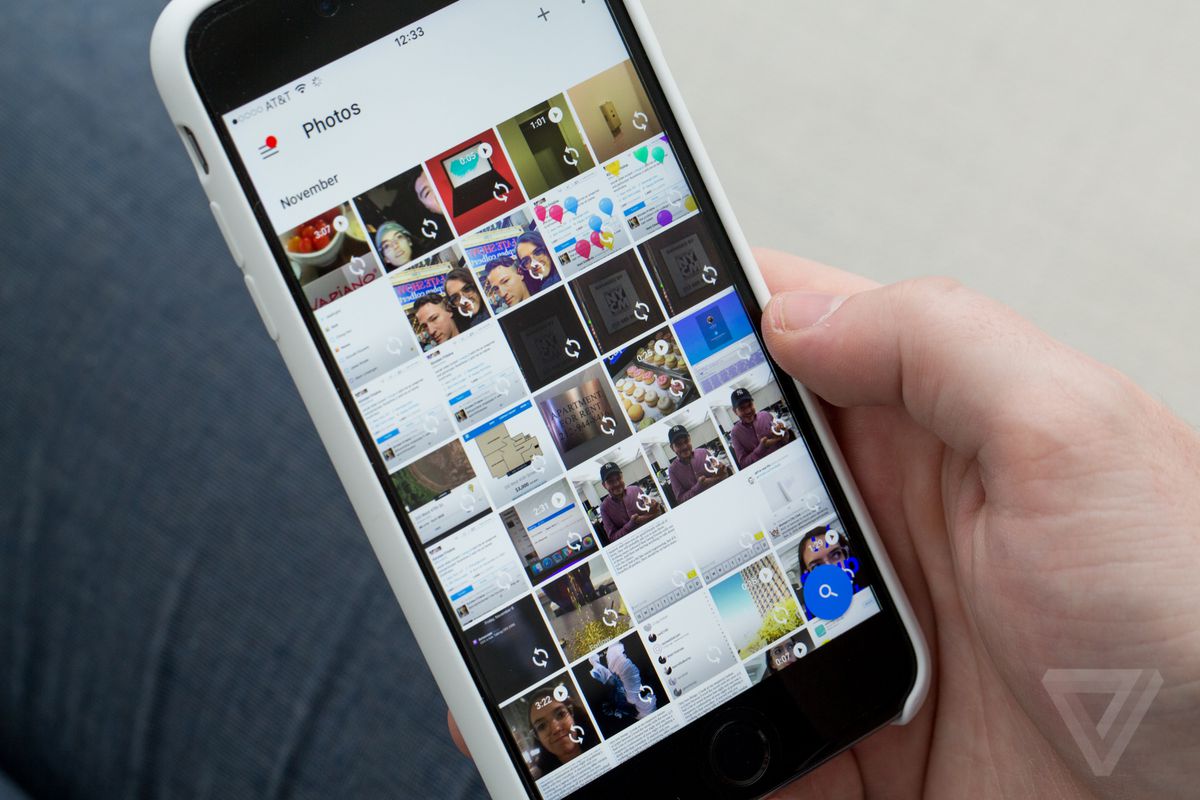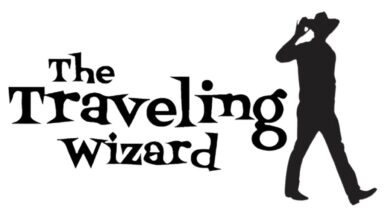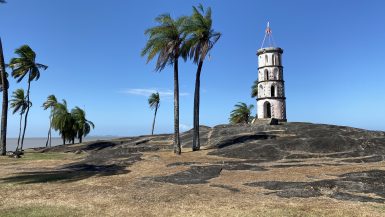I just got custody of my old travel photos: ten years of traveling through the 80’s and 90’s preserved in a trunk full of dusty binders bequeathed to me by my ex. A step above scrapbooking, photo albums were the reigning method for preserving memories for nearly a century. Then came digital photos. Then came better digital photos. One hour photo shops closed their doors, hard drives got cheaper and filters and augmented reality (mouse ears) came along. Photography has changed and so have the methods of finding and viewing our captured memories.
I’ve used Dropbox, ICloud, and Flickr as well as countless hard drives to keep track of my adventures, but one service stands out from all the rest, Google photos.
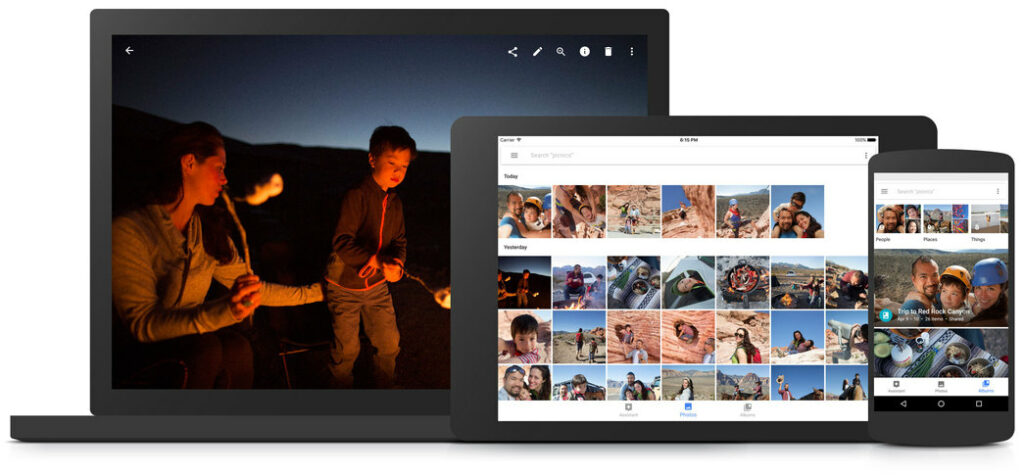
First Google is free. Flickr just discontinued their free 1TB, and both Dropbox and ICloud charge for storage as well. Google Photos has a cap on file sizes, but will compress your photos and let you put as many videos and photos online that you wish. What’s even better is that you can select a folder and download it onto your computer all at once or share it with whoever you choose anywhere in the world digitally by entering their email. ICloud makes you select each individual photo and can take an eternity to download an entire album. Flickr’s new paid service allows you to download a zip file provided as a link once you request it. You can also store photos in their original size. Flickr doesn’t have the search functionality of Google either.
You can download the Google photos app and leave it running overnight to backup your photos from your phone. All your photos will automatically save as long as the app is open and you’re connected to WiFi. You can also upload photos from your computer directly to a folder you’ve created. Let’s say you have your France photos on your computer and you don’t want them getting mixed in with the backup photos. Just upload to the folder called “France”. There’s really only one downside to Google Photos. You can’t create subfolders or put your existing folders in any kind of order.You can, however use the search function to find anything you want.
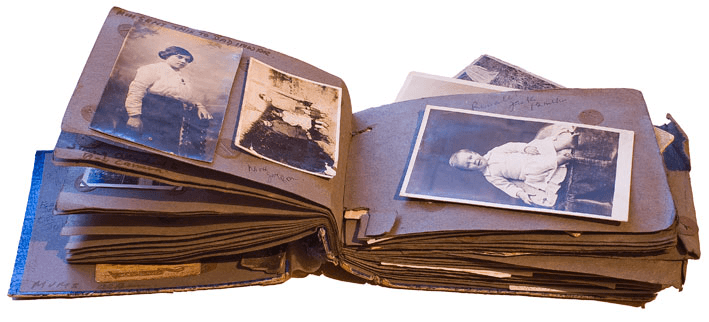
Photos taken with your phone have a date and location usually attached to them unless you’ve disabled it. Let’s say you want to remember where you were on your last birthday; type in the date and there’s all the photos you took. Google also recognizes objects. Search “art” and see every picture you’ve ever taken at art galleries. Select all the photos that appeared in the search, drop them in a new folder called “Art” and you’ve just created a folder full of your favorite paintings. You can’t really do this on a hard drive with real files, but it works like a charm in Google Photos. If you put your art pictures in an “Art” folder on your computer, they stay in that one folder and can’t be shared in another folder (like a “Louvre” folder for example) unless you’ve created a copy of that file. In Google photos you can have the same file in multiple folders. You could create a “Van Gogh” and a “France trip” folder and have the same picture in all of them a well as your “Art” folder.
Google recognizes many objects and a “dog” search somehow miraculously pulls up dog photos. You can also search for photos of buildings, cemeteries, costumes, or even colors by putting the object in the search bar. Type in “red” and see every picture you shot with a significant amount of that color in the shot. Type in a happy emoji and locate pictures of smiling faces.
Google photos also lets you find files by location. I was trying to find a photo of a Tony the Tiger mascot I’d seen a couple years ago in Las Vegas.A “tiger” search didn’t pull it up (because it’s not a real tiger) and I had way too many photos in “Vegas” to search through. I recalled I was in a Walmart when I snapped a picture of the Feisted Flakes mascot. I typed in “Walmart” and there it was! Type in “Paris” and every photo you’ve taken in the French capital will appear magically.
Facial recognition is another Google miracle. A face of every person in your photos appears on the top under “People” and all you have to do is click on the face and type in the name of that person. Google pulls every photo you have with that person in the shot and organizes them by date. You can select all, put them in a virtual folder and share with the subject. It also can recognize faces from videos and pets. I have entertainer friends in various costumes and makeup in my library. Google isn’t fooled at all. On the rare occasion that a photo doesn’t look like the person, you just have the app merge both faces and it will add those pictures to their name. So you can get rid of every picture of an ex-girlfriend in seconds or find every photo you’ve ever taken of your travel partner and make a slideshow for their birthday. Better yet, let Google do it.
The assistant feature turns photos into musical slide shows, selects and stylizes random pics, creates boomerang type videos, and lots more. The assistant will offer to turn photos around that it thinks are sideways and generates random special day albums. It will even create collages for you. It’s scary how smart it is.
So, what to do with those old photo albums? You can pick up a high speed photo scanner for about $600. Stack your photos, hit the button and the machine takes about a second to scan each picture. You won’t have dates and places attached to the photos so you’ll have to name the scans with a useful search name. You can however put all the photos of a particular trip in a folder on your computer and rename all of the files at once with the name of the place you were visiting. Google can detect duplicate file names and keeps only one, so scans can be a little trickier since they don’t contain date or location.
If you like having a tangible book, Google photos offers to create a printed one with prices starting at $10 for a softcover 20 page book or $20 for hardbound.


